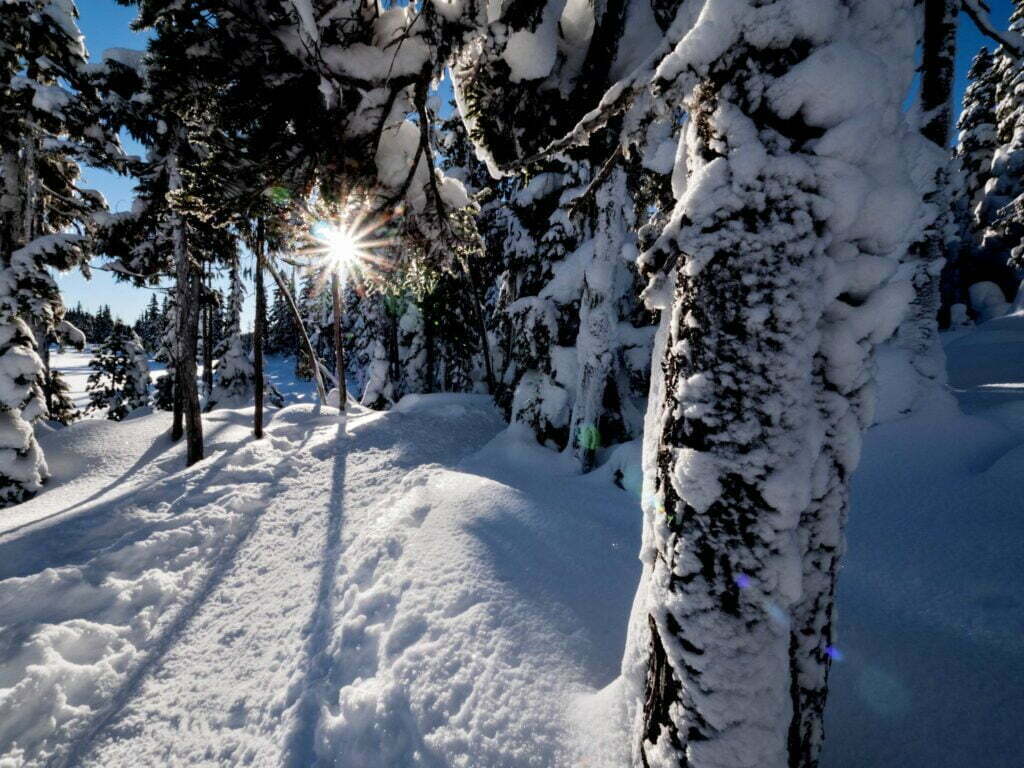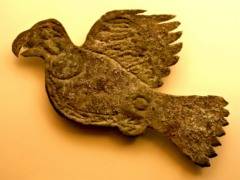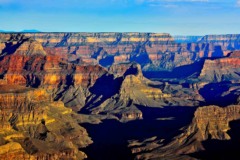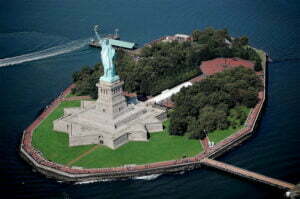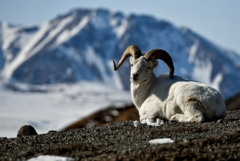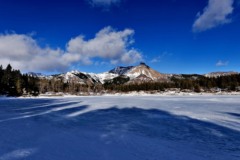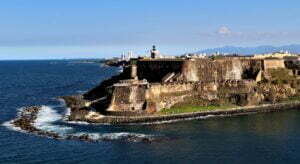Glacier Bay National Park and Preserve is in the Gulf of Alaska, USA. It is a large natural area in southeast Alaska. Since 1992, it has been a UNESCO World Heritage Site. Glacier Bay National Park and Preserve covers 5,129 square miles and includes Glacier Bay (13,287 square kilometers).
The northern, southern, and western sides of 15,300-foot (4,663-meter) Mount Fairweather, as well as the Alsek River in the United States. To the north of the park is the Tatshenshini-Alsek Wilderness Provincial Park in British Columbia, Canada. One of the most interesting things about the park is its large tidewater glaciers.
Glacier Bay National Park and Preserve
In 1925, Alaska’s Glacier Parks were made a national monument. It was made a national park and preserve in the year 1980. The first time it was put on the list was in 1979. The World Heritage Committee extended it in 1992 and again in 1994, along with Kluane/Wrangell-St. Elias/Glacier Bay/Tatshenshini-Alsek.
Glacier Bay National Park History
Glacier Bay National Park is a highlight of Alaska’s Inside Passage. It is part of a 25-million-acre World Heritage Site, which is one of the world’s largest international protected areas. It covers 3.3 million acres of steep mountains, active glaciers, subtropical rainforest, wild beaches, and deep, protected fjords. From the sea to the top, Glacier Bay has a lot of chances for adventure and inspiration.
Only 200 years ago, the Grand Pacific Glacier covered almost all of Glacier Bay, which is a fjord. This glacier was almost 4,000 feet (1,200 meters) thick and over 20 miles wide (32 kilometers). Since then, the ice has been melting, and Glacier Bay is now 65 miles (105 km) long and has the shape it has now.
As the size of the original glacier decreased, it broke into 20 pieces. Eleven of these pieces are tidewater glaciers that flow into the bay. During calving, huge blocks of ice up to 200 feet (61 meters) high break off and crash into the water with a lot of force.
Glacier Bay National Park Fact
Because of the number of ice chunks that fall off the Johns Hopkins Glacier’s cliffs, it can only be reached by water from about 2 miles away (3 km). Most people who come to the park do so on a cruise ship, which gives them a chance to see the glaciers from the water.
The park has a wide variety of plants, including some that have grown back after being covered by ice for a long time. It also has an unusual range of animals. Mosses and lichens grow all over the top of glacial moraines. In the lush coastal rainforest, you can find big Sitka spruce and western hemlock trees. Above 2,500 feet (760 meters), you can find alpine tundra.
Some of the animals that live there are wolves, brown and black bears, mountain goats, deer, moose, eagles, trumpeter swans, and seals. The park protects endangered humpback whales, threatened Steller sea lions, and once-endangered American peregrine falcons, among other species. The park’s main office is in Gustavus, which is near the mouth of the bay.
How to Get to Glacier Bay National Park
Glacier Bay is a marine park, and if you take a boat into its inlets, coves, and hidden harbors, you can have a lot of fun. It is also a land park with snow-capped mountains, beautiful glaciers, and emerald-green forests. From the top of the mountain to the sea, Glacier Bay’s wilderness is far away, changing, and untouched.
The only way to get to Glacier Bay National Park and Preserve, which is west of Juneau, Alaska, is by plane or boat. The only road goes from the small town of Gustavus and its airport to the park headquarters at Bartlett Cove (10 miles).
